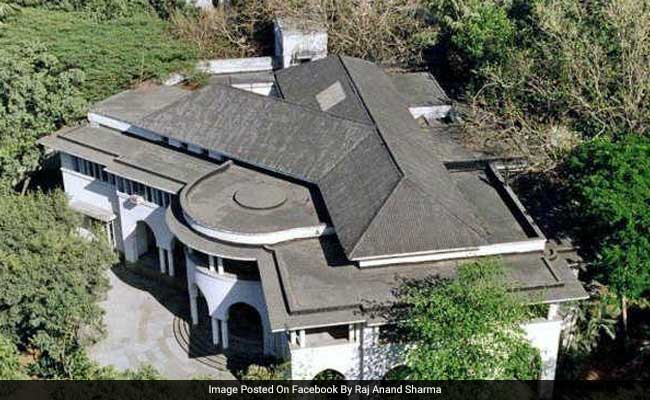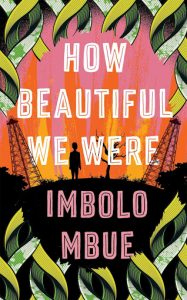The founder of Pakistan, Muhammad Ali Jinnah’s daughter, Dina Wadia who died yesterday, was embroiled in a prolonged battle with the Indian Government over a seafront bungalow in Mumbai’s Malabar Hill which was built by her father. The palatial Jinnah House, which boasts of European architecture, was witness to a crucial meeting between Mahatma Gandhi, Jawaharlal Nehru and Jinnah before the partition.Ms Wadia, the only child of Mr Jinnah and his Parsi wife, Rattanbai Petit, was born in London on August 15, 1919.
Dina Wadia, who was living in New York, in August 2007 petitioned in Bombay High Court to regain control of her childhood home, which she insisted be called ‘South Court’. The plea is still pending for a final hearing before a division bench of the Bombay High Court.
In her petition, Ms Wadia appealed that the title of the disputed mansion be handed over to her as the rightful heir to Mr Jinnah. She wanted to spend her remaining years at her father’s grand mansion in Mumbai. Dina Wadia also claimed in her petition that the bungalow could not be classified as “evacuee property” as her father had died without a will.
Soon after her petition was filed, the high court directed the central government to file their affidavit in response. In October 2007, the government filed an affidavit stating that the Jinnah House belongs to the government and only Mr Jinnah’s sister, Fatima, could claim her right over the property as the only legal heir. Ms Fatima Jinnah died in July 1967.
Jinnah had bequeathed the Jinnah House to his unmarried sister Fatima by his will dated May 30, 1939. Fatima had migrated to Pakistan at the time of partition and was declared an evacuee and hence the property was taken over by the Indian government under the Bombay Evacuee Property Act, the affidavit filed by the government had said.
In August 2010, the high court had ordered for status quo to be maintained in the matter but had permitted the centre to complete the renovation work of the bungalow without making any structural changes.
The petition which last came up for hearing on July 28 this year was adjourned to September 7. It has not come up for hearing since.
When asked about the Jinnah House, built at a cost of Rs. two lakh in 1936, Ms Wadia in an interview had retorted, “Why do you keep calling it Jinnah House? That’s the name the British gave it. Its real name is South Court. Why don’t you refer to it by its original name?”
In 2004, she visited her father’s tomb in Karachi, along with Nusli Wadia and his two sons. In the visitors’ book, she famously wrote, “May his dream for Pakistan come true.”




